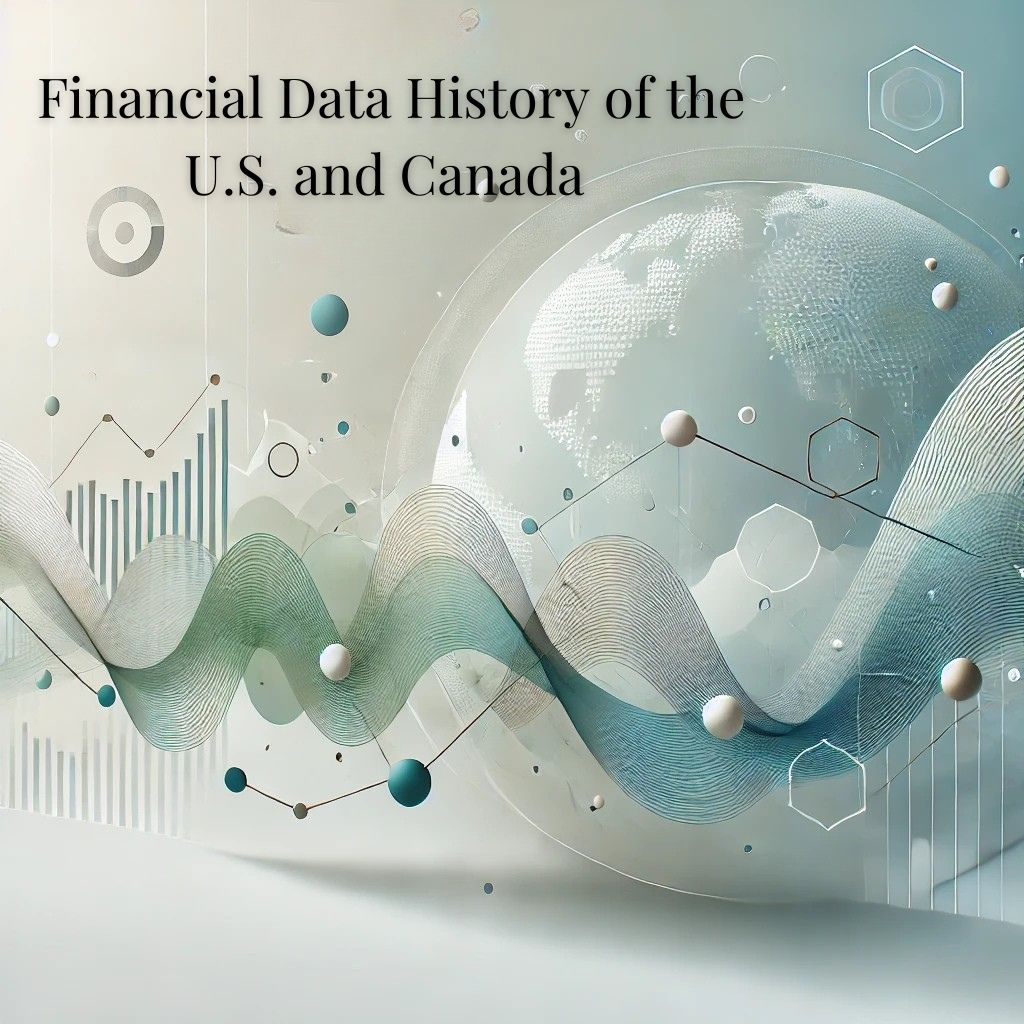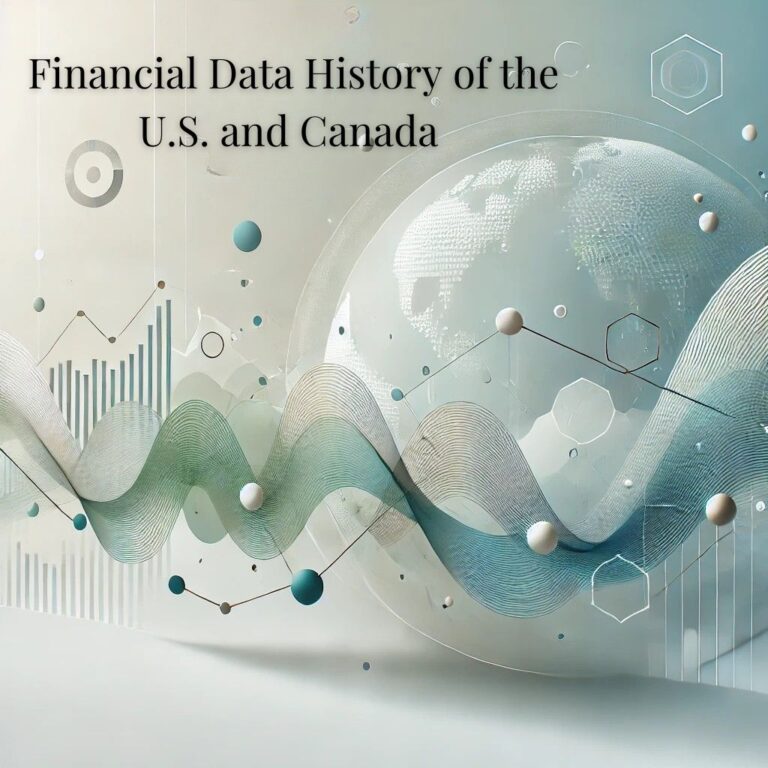
Colonial and Early Republic Period (1600s–1800s)
In the colonial period, financial statistics were sparse and primarily recorded in the form of local trade records, government expenditures, and tax rolls. The lack of standardized methods meant that most data were fragmented and region-specific.
As the U.S. gained independence, efforts to formalize economic tracking began. For example:
- 1790: Alexander Hamilton’s Report on the Public Credit marked one of the earliest attempts to assess the nation’s financial health.
- 19th Century: The U.S. Treasury started compiling annual reports on revenue, expenditures, and public debt.
Despite these efforts, reliable national statistics were limited by inconsistent data collection methods and a lack of centralization.
The Emergence of Systematic Data Collection (Late 1800s–Early 1900s)
The Industrial Revolution and the expansion of the U.S. economy underscored the need for more structured financial data. Key milestones included:
- 1863: Creation of the Office of the Comptroller of the Currency, which began collecting bank data.
- 1880s: Census Bureau expanded its economic surveys to include manufacturing and trade.
- 1913: Establishment of the Federal Reserve System brought more consistent tracking of monetary aggregates and financial flows.
These developments marked the start of a more standardized approach to financial data.
Modern Era (1930s–Present): Growth of Reliable Financial Statistics
The Great Depression was a turning point, revealing the critical need for comprehensive and reliable economic statistics to guide policy. This led to the creation of several key institutions:
- 1933: The Securities Act and the establishment of the Securities and Exchange Commission (SEC) provided standardized financial disclosures for publicly traded companies.
- 1934: The Social Security Act introduced systematic tracking of employment and income data.
- 1942: The Bureau of Economic Analysis (BEA) was formed to compile national income and product accounts (NIPA), including GDP figures.
The mid-20th century saw an explosion in the quantity and quality of financial statistics, including data on consumer spending, labor markets, trade, and inflation.
How Financial Statistics Are Collected Today
Modern financial data collection relies on advanced technology and collaboration between various government agencies, private institutions, and international organizations. Some of the key methods include:
- Surveys: The U.S. Census Bureau conducts surveys such as the Economic Census and the American Community Survey.
- Administrative Data: Agencies like the IRS and SEC collect tax and corporate filing data.
- Real-Time Data Feeds: Financial markets data, gathered through platforms like Bloomberg or Reuters, provide instantaneous updates.
- Big Data and Machine Learning: These technologies are now being used to process vast amounts of financial data and identify trends.
Reliability of Financial Statistics
The reliability of financial statistics depends on three key factors:
- Consistency of Methodology: Institutions like the BEA, Bureau of Labor Statistics (BLS), and Federal Reserve employ rigorous and transparent methodologies.
- Granularity of Data: Modern data sets are more detailed, offering insights at national, regional, and even household levels.
- Technological Advancements: Sophisticated tools have reduced human error and increased the speed of data processing.
How Far Back Are Reliable Statistics Available?
While financial statistics in the U.S. go back to the 18th century, truly reliable and consistent national data became available in the early 20th century. Some examples include:
- GDP and National Income: Data from the BEA is reliable starting in the 1920s.
- Stock Market Data: Reliable data from the New York Stock Exchange (NYSE) begins in the late 19th century.
- Labor Market Data: The BLS has consistent unemployment data from the 1940s.
Earlier data exists but should be used cautiously due to inconsistencies and lack of standardization.
What Has Changed About Data Gathering?
- Standardization: Over time, financial reporting and data collection have become highly standardized, thanks to regulations like GAAP (Generally Accepted Accounting Principles) and IFRS (International Financial Reporting Standards).
- Automation: Manual record-keeping has been replaced by automated systems, reducing errors and increasing efficiency.
- Accessibility: Today, financial data is more accessible to the public, often available online in real-time.
- Globalization: Cross-border data sharing has enhanced the ability to track international financial trends.
The journey of financial statistics in the U.S. reflects the nation’s economic growth and evolving priorities. From sparse colonial records to the robust, reliable datasets of today, financial data has become an indispensable tool for policymakers, businesses, and investors alike. While earlier data offers historical context, modern statistics—built on standardized methodologies and advanced technologies—provide the most reliable foundation for understanding and navigating the complex economic landscape.
A Historical Overview of Financial Data in Canada
Colonial Period (Pre-Confederation, 1600s–1867)
Financial records in colonial Canada were primarily tied to trade and taxation. The Hudson’s Bay Company, established in 1670, was one of the first entities to document financial transactions systematically, focusing on the fur trade. These early statistics were localized, fragmented, and primarily aimed at satisfying the interests of European powers.
By the 19th century, as Canadian provinces began to develop their economies, financial data expanded to include customs revenue and agricultural output. However, national-level data was nonexistent, as Canada was not yet a unified country.
Post-Confederation Period (1867–Early 20th Century)
With Confederation in 1867, the new federal government began collecting data to manage the economy. Key developments included:
- 1869: The Department of Finance started producing annual reports on revenues, expenditures, and public debt.
- 1871: The first national census included economic data, such as agricultural production and labor force information.
- 1918: The establishment of the Dominion Bureau of Statistics (later renamed Statistics Canada) in 1918 marked a turning point in financial data collection.
While these efforts were a step forward, inconsistencies in methodology and limited technology meant that early financial statistics were not always reliable by modern standards.
The Modern Era (1930s–Present)
The Great Depression highlighted the need for reliable, comprehensive financial data to guide policy decisions. This period saw significant improvements in data collection and analysis:
- 1935: The Bank of Canada was established, creating a central repository for monetary and financial data.
- 1945: Statistics Canada began publishing national accounts, including GDP, trade balances, and investment flows.
- Post-1950s: Advances in technology and statistical methods allowed for more detailed and accurate data, including household income, inflation, and employment metrics.
How Financial Statistics Are Collected Today
Modern financial data collection in Canada involves collaboration between government agencies, private institutions, and international organizations. Key methods include:
- Surveys: Statistics Canada conducts regular surveys, such as the Labour Force Survey and the Consumer Price Index.
- Administrative Data: Tax data from the Canada Revenue Agency (CRA) and filings from publicly traded companies provide granular insights.
- Technological Integration: Real-time data feeds and machine learning tools enhance the speed and accuracy of financial reporting.
- Global Coordination: Canada collaborates with international bodies like the IMF and OECD to align its statistics with global standards.
Reliability of Financial Statistics
Canada’s financial statistics are widely regarded as reliable due to:
- Standardization: Agencies like Statistics Canada and the Bank of Canada follow rigorous methodologies aligned with global best practices.
- Transparency: Detailed documentation of methods ensures that users can trust and replicate findings.
- Technological Advancements: Automated systems and big data analytics have reduced human error and improved precision.
How Far Back Are Reliable Statistics Available?
While financial records in Canada date back to the 17th century, reliable national-level statistics are primarily available from the 20th century onward.
- GDP and National Accounts: Reliable data begins in the 1940s with the development of national accounting systems.
- Labor Market Data: Statistics Canada has consistent unemployment and workforce data from the 1950s.
- Historical Trade Data: Customs and trade data from the late 19th century are reasonably reliable but less comprehensive.
Pre-20th century data, though valuable for historical research, often lack the consistency and accuracy required for economic analysis today.
What Has Changed About Data Gathering?
- Centralization: The creation of Statistics Canada and the Bank of Canada centralized data collection, improving consistency and accessibility.
- Technological Advances: Modern computing and real-time data collection have revolutionized how data is gathered, processed, and disseminated.
- Global Standards: Canada’s integration into international organizations has ensured its statistics meet global benchmarks.
- Broader Scope: Data collection now covers a wider range of topics, from environmental economics to income inequality, reflecting the complexities of a modern economy.
Canada’s financial statistics have come a long way, from fragmented colonial records to the comprehensive, reliable datasets of today.
The most dependable data is available from the mid-20th century onward, thanks to advancements in technology, standardization, and the creation of key institutions. As Canada continues to evolve, so will its financial statistics, offering ever more detailed and accurate insights into its economy.
Understanding this history not only provides context for today’s data but also highlights the importance of investing in the systems that produce it, ensuring that policymakers, businesses, and individuals have the tools they need to make informed decisions.




